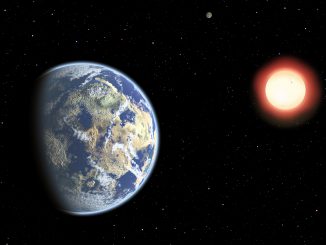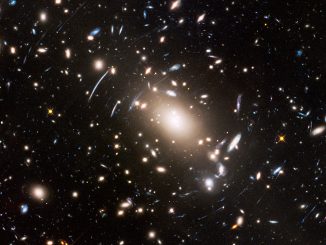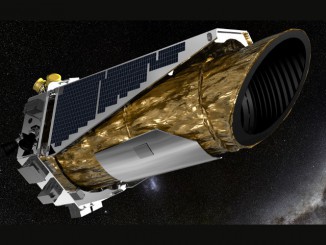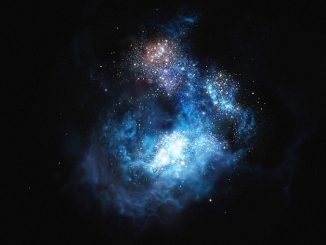
Is Earthly life premature from a cosmic perspective?
The universe is 13.8 billion years old, while our planet formed just 4.5 billion years ago. Some scientists think this time gap means that life on other planets could be billions of years older than ours. However, new theoretical work suggests that present-day life is actually premature from a cosmic perspective.









